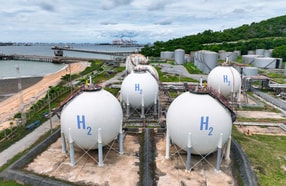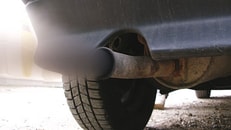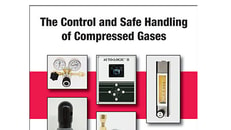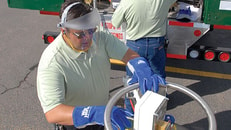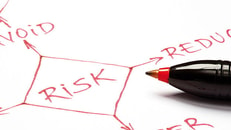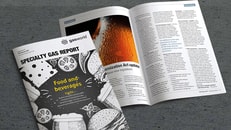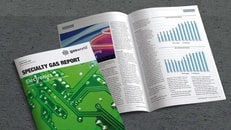Getting a handle on HAPs
The Clean Air Act depends on our ability to measure hazardous air pollutants – but this is no simple task, as Jim McKinley explains.
It is widely accepted that “what you cannot measure, you cannot control.” For controlling the more that 170 compounds plus 17 compound categories identified in the 1990 Clean Air Act as hazardous air pollutants (HAPs), there are two challenges. The first is to develop reliable methods for sampling and detecting the various HAPs in industrial atmospheres. The second is to provide reliable calibration standards for testing those analytical methods and actually quantifying the measurements. Without calibration standards there can be no effective measurement, which in turn means no control of the HAP.
Validating an analytical method requires testing the method on known samples that simulate actual samples for which the method is designed. For air analysis, gas standards are required and should include variable relative humidity. If controls are to be enforced, the composition of the calibration standard should be traceable to accepted national standards.
... to continue reading you must be subscribed



